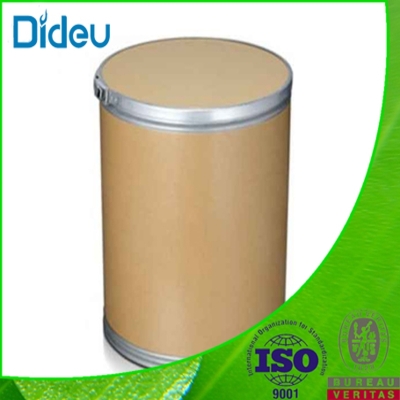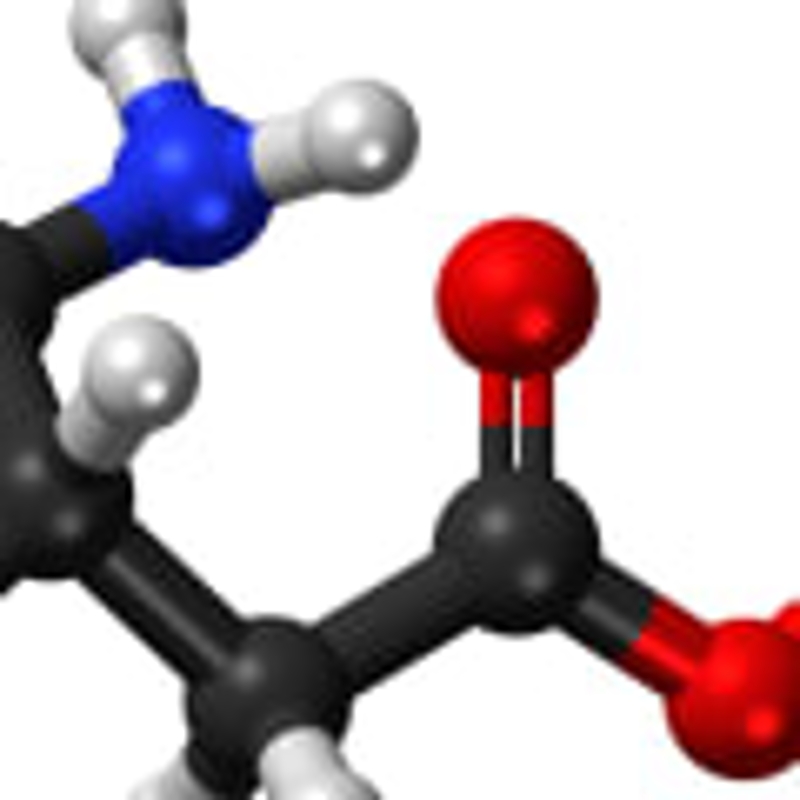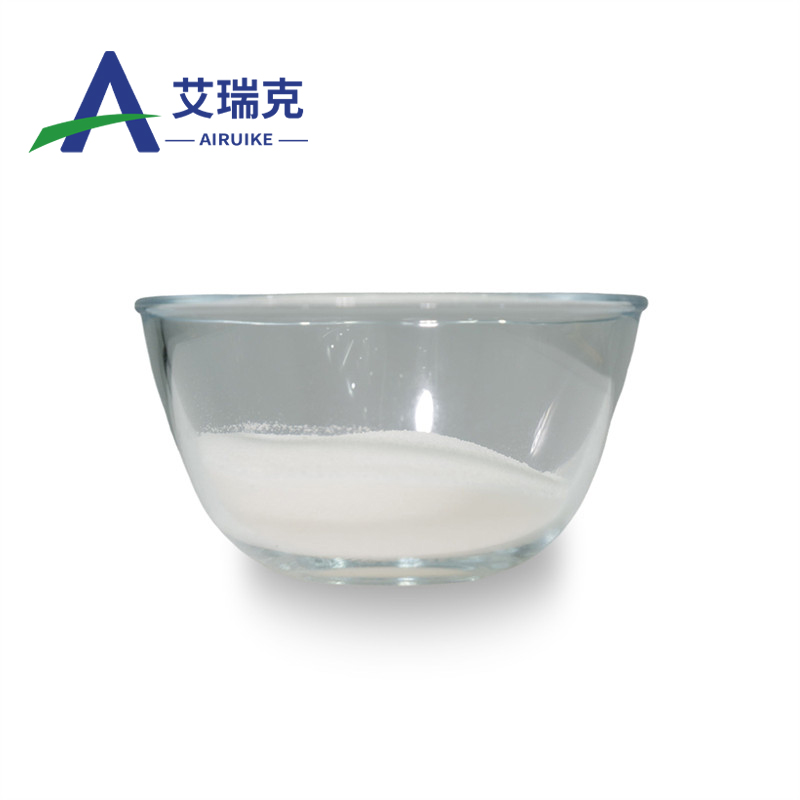-
Categories
-
Pharmaceutical Intermediates
-
Active Pharmaceutical Ingredients
-
Food Additives
- Industrial Coatings
- Agrochemicals
- Dyes and Pigments
- Surfactant
- Flavors and Fragrances
- Chemical Reagents
- Catalyst and Auxiliary
- Natural Products
- Inorganic Chemistry
-
Organic Chemistry
-
Biochemical Engineering
- Analytical Chemistry
-
Cosmetic Ingredient
- Water Treatment Chemical
-
Pharmaceutical Intermediates
Promotion
ECHEMI Mall
Wholesale
Weekly Price
Exhibition
News
-
Trade Service
Hypertension (HTN) is a major risk factor for stroke and dementia
.
Stroke can cause brain damage, leading to cognitive dysfunction
Hypertension (HTN) is a major risk factor for stroke and dementia
Type 2 diabetes risk (T2DM) patients with dementia is also higher type 2 diabetes risk (T2DM) patients with dementia is also higher with diabetes
According to reports, patients with coexistence of T2DM and HTN are more prone to stroke and dementia, so blood pressure control is an important issue for these patients
.
Proper HTN control has been shown to reduce the risk of dementia
Patients with coexistence of T2DM and HTN are more likely to develop stroke and dementia, so blood pressure control is an important issue for these patients.
It is recommended to use angiotensin receptor blockers (ARB) or angiotensin converting enzyme inhibitors (ACEI) to treat HTN in patients with T2DM to protect the kidneys
In addition to the antihypertensive effect on these patients, ARB has the effect of modulating RAAS and may produce multiple types of protection for cognitive ability
.
However, compared with other ARBs, whether the use of telmisartan is associated with better clinical cognition and vascular outcomes in patients with T2DM and HTN is still unknown
ARB has the effect of regulating RAAS, and may produce multiple types of protection for cognitive ability
Cardiovascular
Between 1997 and 2013, researchers identified 2,166,944 HTN patients with T2DM and ARB from the National Health Insurance Research Database of Taiwan to be included in the study
.
65511 eligible patients were divided into two groups: telmisartan group and non-telmisartan ARB group
diagnosis
There were 2280 and 9120 patients in the telmisartan and non-telmisartan ARB groups, respectively
.
The risk of dementia was reduced by 28% in patients in the telmisartan group (ARB of telmisartan and ftlmisartan: 2.
The risk of dementia in the telmisartan group was reduced by 28% (ARB of telmisartan and felmisartan: 2.
In addition, during long-term follow-up, telmisartan users have a lower risk of any IS (6.
84% vs 8.
57%; HR=0.
79; 95% CI, 0.
67-0.
94)
.
84% vs 8.
57%; HR=0.
79; 95% CI, 0.
67-0.
94)
.
In addition, during long-term follow-up, telmisartan users have a lower risk of any IS (6.
84% vs 8.
57%; HR=0.
79; 95% CI, 0.
67-0.
94)
.
Current research shows that in East Asian populations, the use of telmisartan in hypertensive T2DM patients may be associated with a lower risk of dementia and any IS events
.
.
Current research shows that in East Asian populations, the use of telmisartan in hypertensive T2DM patients may be associated with a lower risk of dementia and any IS events
.
references:
Telmisartan use and risk of dementia in type 2 diabetes patients with hypertension: A population-based cohort study.
https://doi.
org/10.
1371/journal.
pmed.
1003707
Leave a message here







